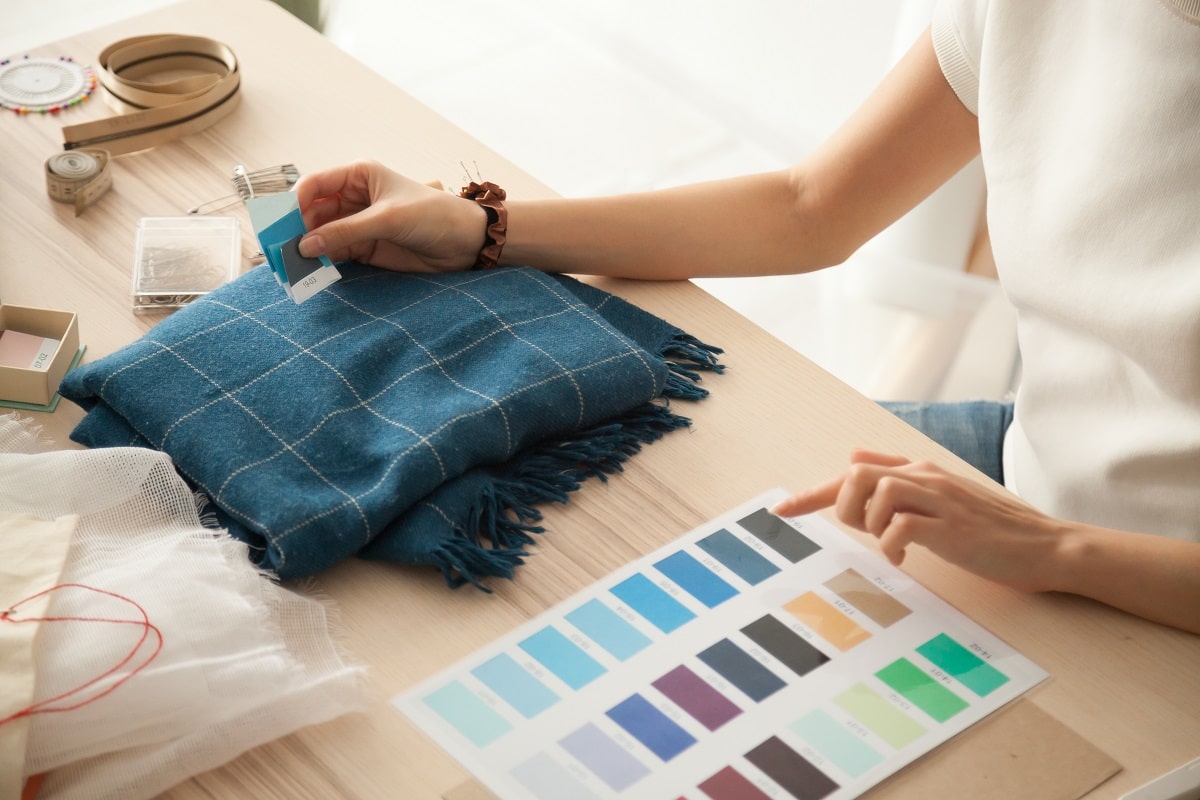Fashion prototyping is more than just a technical step in garment production — it’s a creative and strategic process that helps define and strengthen a brand’s identity. From the first sketches to the final samples, prototypes bridge the gap between concept and reality, allowing designers to refine their ideas while ensuring that each piece aligns with the brand’s vision and aesthetic.
The Role of Prototyping in Fashion Development
Prototyping serves as the foundation for turning creative concepts into tangible designs. It enables fashion designers and brands to test materials, fit, and functionality before mass production. Beyond technical refinement, prototypes act as a storytelling tool that embodies the brand’s craftsmanship, attention to detail, and design philosophy.
How Prototyping Reflects Brand Identity
Every prototype communicates a brand’s unique aesthetic language — from silhouette and fabric choice to stitching and finishing. High-end brands, for example, emphasize precision tailoring and luxury materials, while streetwear labels focus on comfort, innovation, and trend-forward designs. Prototyping ensures these core values are visible in every garment produced.
Innovation Through Technology
The rise of digital tools such as 3D design software and virtual prototyping has revolutionized the process. These technologies allow brands to visualize, adjust, and test garments digitally, reducing costs and production time while minimizing waste. Brands using these innovations also reinforce their image as modern, tech-driven, and sustainable leaders.
Sustainability in Prototyping
Sustainability is becoming a defining element of brand identity, and prototyping plays a crucial role in supporting eco-friendly practices. Digital sampling, material testing, and small-batch prototyping help reduce fabric waste and overproduction. This not only benefits the environment but also strengthens a brand’s commitment to responsible fashion.
Collaboration Between Teams
Prototyping fosters collaboration across departments — from designers and pattern makers to merchandisers and marketers. Through this process, teams ensure that the final collection stays true to the brand’s creative direction while meeting market expectations and quality standards.
Enhancing Consumer Perception
Prototypes also influence how consumers perceive a brand’s quality and innovation. A well-made prototype reflects professionalism, consistency, and dedication — qualities that strengthen consumer trust and brand reputation in a competitive market.
Conclusion
Fashion prototyping is the bridge between creativity and brand identity. It translates ideas into wearable art, ensuring every design represents the essence of the brand. As technology and sustainability continue to shape the industry, brands that use prototyping strategically will not only refine their collections but also reinforce who they are and what they stand for.
Key Takeaways:
- Fashion prototyping bridges creativity and production, ensuring every design reflects a brand’s identity.
- It allows designers to refine fit, materials, and construction before mass production.
- Prototyping communicates a brand’s aesthetic — from craftsmanship to innovation.
- Digital tools like 3D design software streamline the process and reduce waste.
- Sustainable prototyping practices reinforce eco-friendly brand values.
- Collaboration across design, production, and marketing teams ensures consistency.
- High-quality prototypes enhance consumer trust and strengthen brand perception.
- Prototyping supports faster decision-making and market responsiveness.
- It plays a key role in aligning creativity with commercial goals.
- Effective prototyping helps brands maintain authenticity and stand out in a competitive market.
Consider deepening your knowledge of the fashion industry by exploring the Parsons Fashion Industry Essentials online course and certificate program offered by Yellowbrick. This program can provide valuable insights and skills to further enhance your career in the dynamic world of fashion.








